Enhancing Operational Efficiency: In the ever-evolving world of aviation, airports stand as the gateway to the global community. However, with the increasing volume of passengers, burgeoning freight demands, and more intricate aircraft networks, airport operational efficiency is now more paramount than ever. An efficient airport not only enhances user satisfaction but also elevates safety and streamlines financial operations.
This article delves deep into the strategies to augment airport operational efficiency, ensuring that airports meet the increasing demands of the modern era.
Enhancing Operational Efficiency: Operational Strategy for Airports
1. The Imperative of Operational Efficiency
Before delving into the strategies, understanding why operational efficiency is crucial is essential. Enhanced efficiency:
- Reduces Operational Costs: Streamlined operations often mean fewer resource wastages and, therefore, reduced costs.
- Increases Capacity: Efficient operations can process more passengers and aircraft in the same physical space.
- Boosts Profitability: Greater efficiency can lead to increased revenue opportunities.
- Enhances User Experience: Passengers benefit from reduced waiting times, fewer delays, and overall improved airport experience.

2. Integrated Technology Solutions
Modern problems require modern solutions. Integrating technology into operations can greatly improve efficiency:
- Airport Operations Control Centers (AOCC): These centers integrate data from various airport operations into a central hub, allowing for real-time decision-making.
- Baggage Handling Systems (BHS): Advanced systems reduce mislaid luggage and streamline baggage processes, significantly enhancing passenger experience.
- Biometric Systems: Facilitates swift passenger processing at check-in, security, and boarding, thereby reducing waiting times.
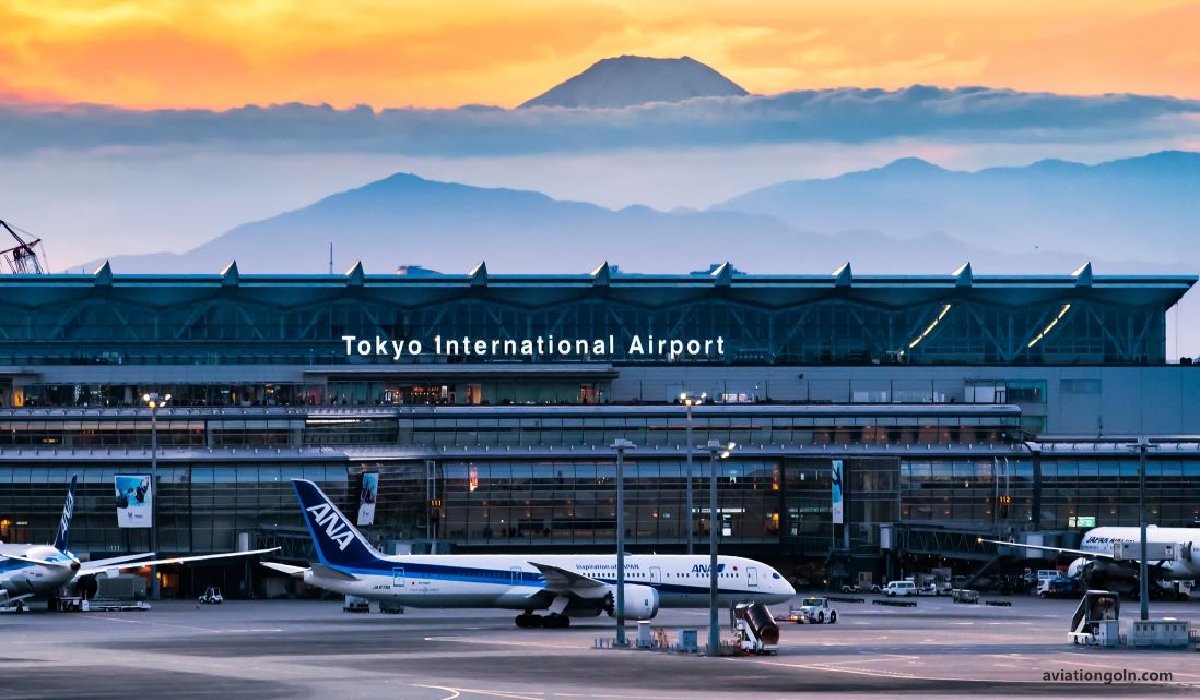
3. Resource Management and Optimization
Proper resource allocation ensures that airports use their personnel, equipment, and facilities effectively:
- Dynamic Staff Allocation: Using predictive analytics, airports can forecast busy periods and allocate staff accordingly.
- Equipment Maintenance: Regular maintenance of tugs, belt loaders, and other ground service equipment ensures fewer breakdowns and downtime.
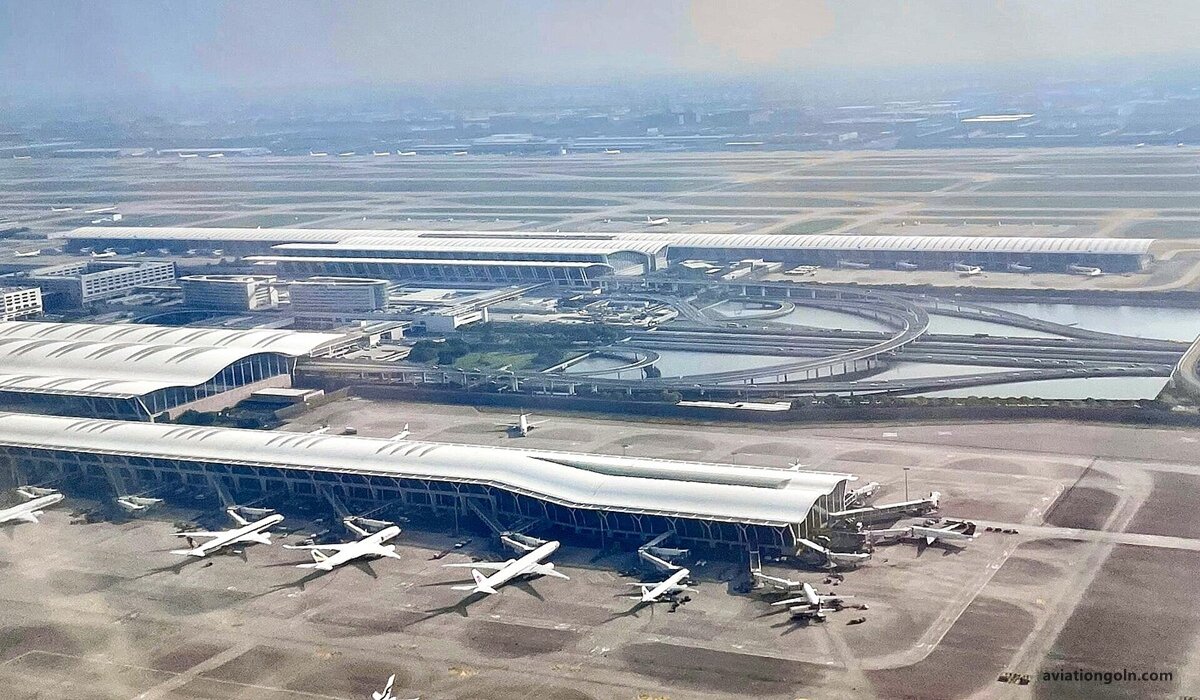
4. Airport Infrastructure Development
The very fabric of the airport, its infrastructure, plays a pivotal role in operational efficiency:
- Optimized Runway Use: Strategies such as mixed-mode runway operations can maximize runway usage.
- Terminal Expansions and Modular Designs: Expanding terminals or using modular designs can adapt to varying passenger volumes, ensuring efficiency regardless of traffic spikes.

5. Enhancing Air Traffic Management
Air Traffic Control (ATC) operations are integral to an airport’s efficiency:
- Collaborative Decision Making (CDM): This process integrates data from airlines, ATC, and airport operators to make real-time decisions.
- Performance-Based Navigation (PBN): PBN routes aircraft using advanced, satellite-based systems, streamlining aircraft movement in busy skies.

6. Sustainable Operations

Sustainability and efficiency often go hand-in-hand:
- Green Building Standards: Airports designed or retrofitted to green standards often use energy and resources more efficiently.
- Alternative Fuels for Ground Vehicles: Transitioning to electric or biofuel ground vehicles can reduce operational costs and environmental footprint.
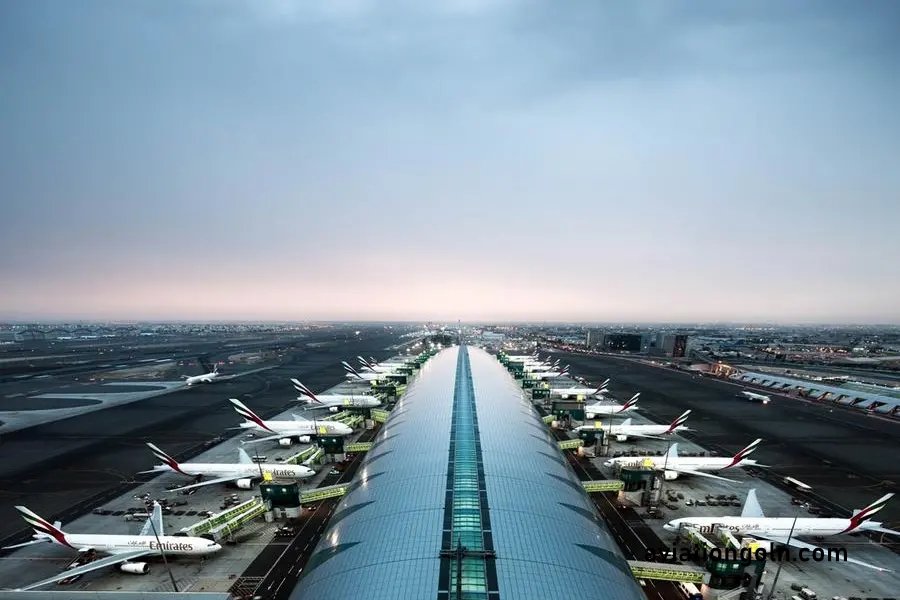
7. Passenger Flow Management
Reducing bottlenecks and streamlining passenger movement can significantly enhance the airport experience:
- Queue Analytics: By analyzing queue lengths and waiting times, airports can dynamically allocate resources to reduce bottlenecks.
- Wayfinding Technologies: Digital signs or apps that guide passengers can reduce congestion and improve flow.

8. Stakeholder Collaboration
Airports operate in a web of stakeholders, including airlines, ground services, retailers, and more:
- Regular Stakeholder Meetings: These can ensure alignment of goals and sharing of data for mutual efficiency.
- Shared Key Performance Indicators (KPIs): Jointly monitored KPIs can ensure all parties work towards common efficiency goals.
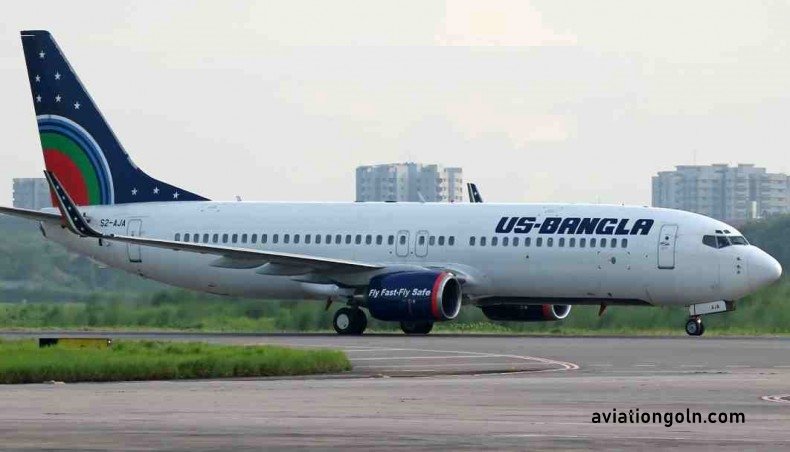
9. Continuous Training and Development
An efficient airport requires a well-trained workforce:
- Regular Staff Training: Ensure staff are updated on the latest operational procedures and technologies.
- Operational Simulations: Periodic simulations of operational scenarios can prepare staff for peak times or emergency situations.

10. Feedback and Continuous Improvement
Feedback, both from staff and passengers, can be a goldmine for efficiency improvements:
- Feedback Kiosks: These can be strategically placed to gather passenger feedback on various aspects of their airport experience.
- Regular Staff Surveys: Frontline staff can offer insights into operational bottlenecks and suggest practical solutions.
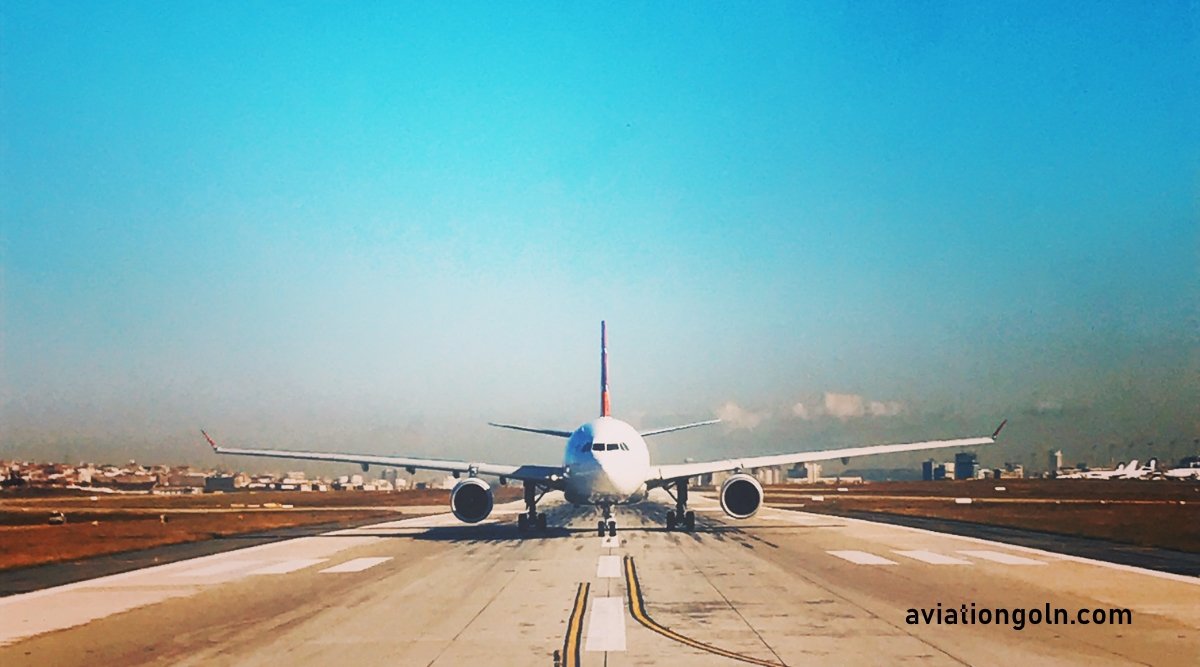
Airports are more than just transit points; they are the first and last impression for travelers visiting a city or country. Hence, ensuring their operational efficiency is crucial, not just from a logistical standpoint but also from a reputational one. By integrating technology, focusing on infrastructure, championing stakeholder collaboration, and emphasizing continuous improvement, airports can rise to meet the demands of modern aviation, ensuring seamless operations even as passenger and cargo demands continue to soar.
See more:
